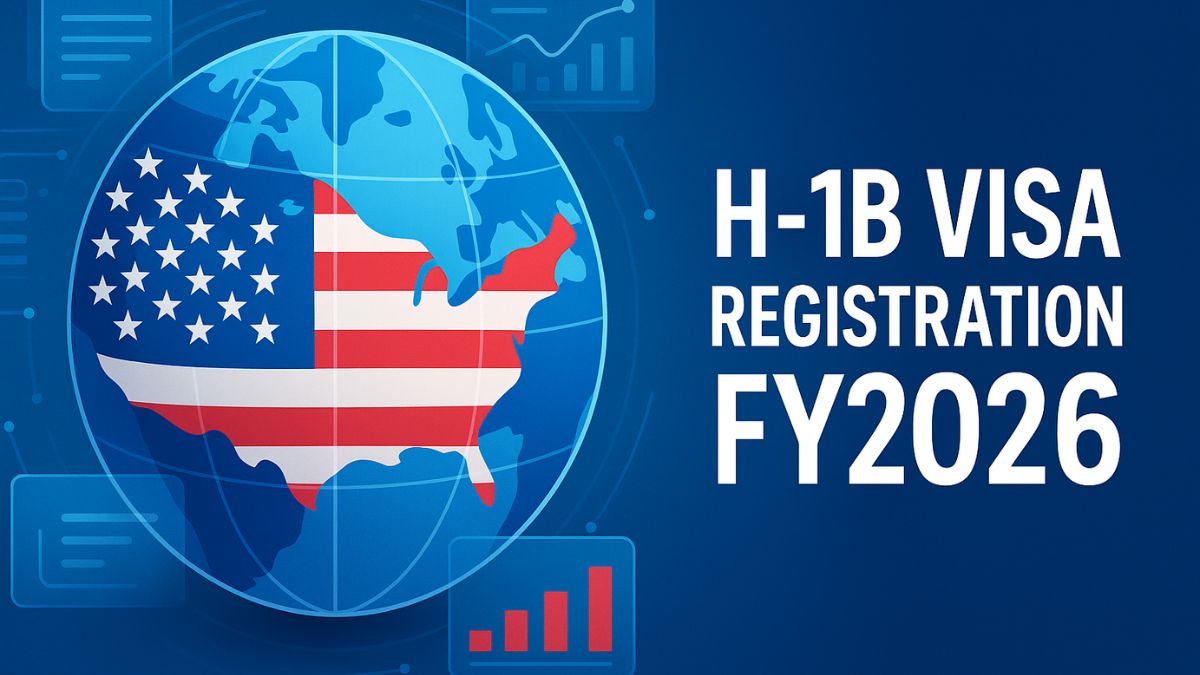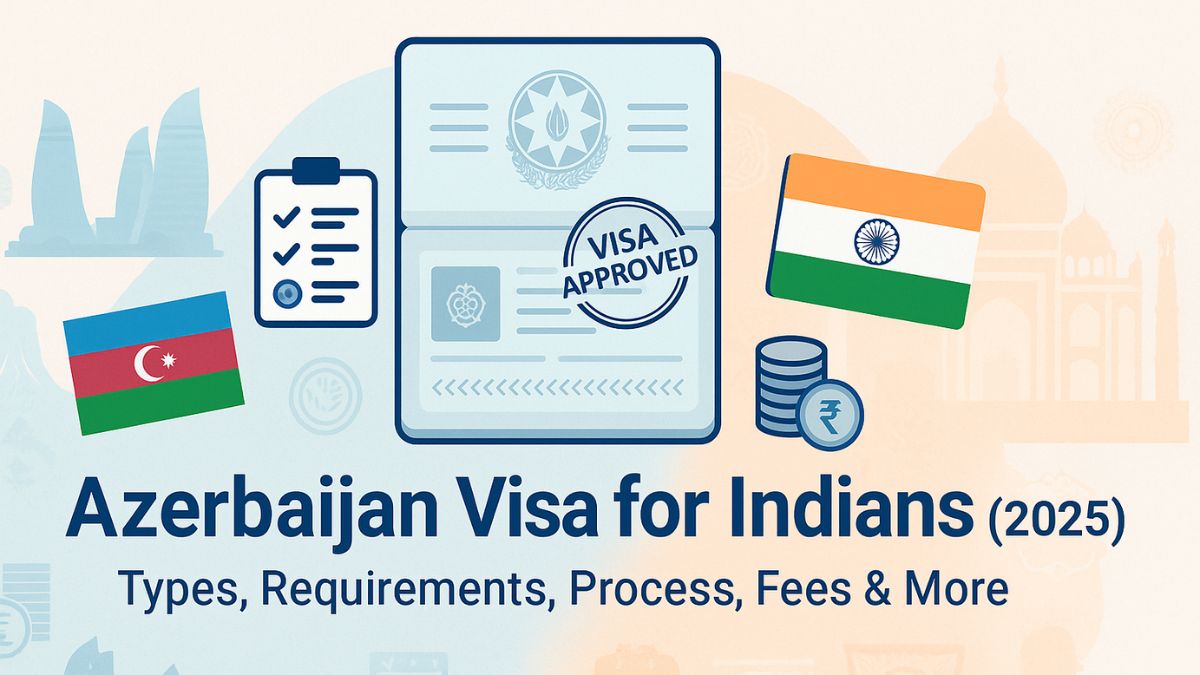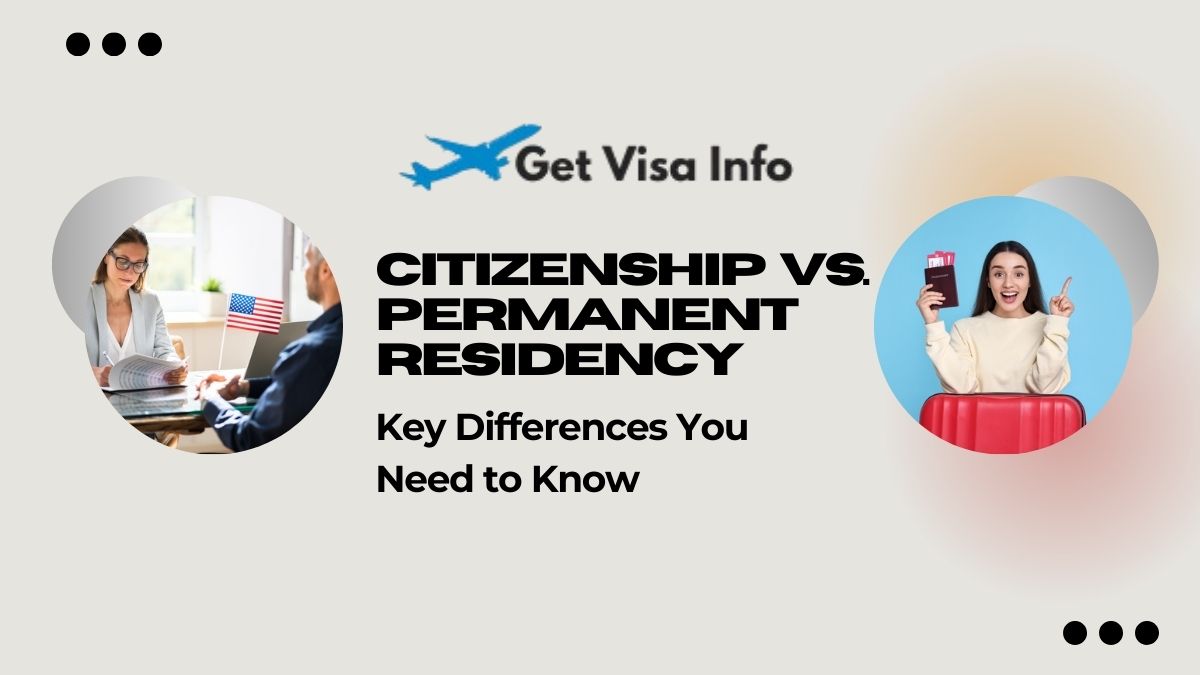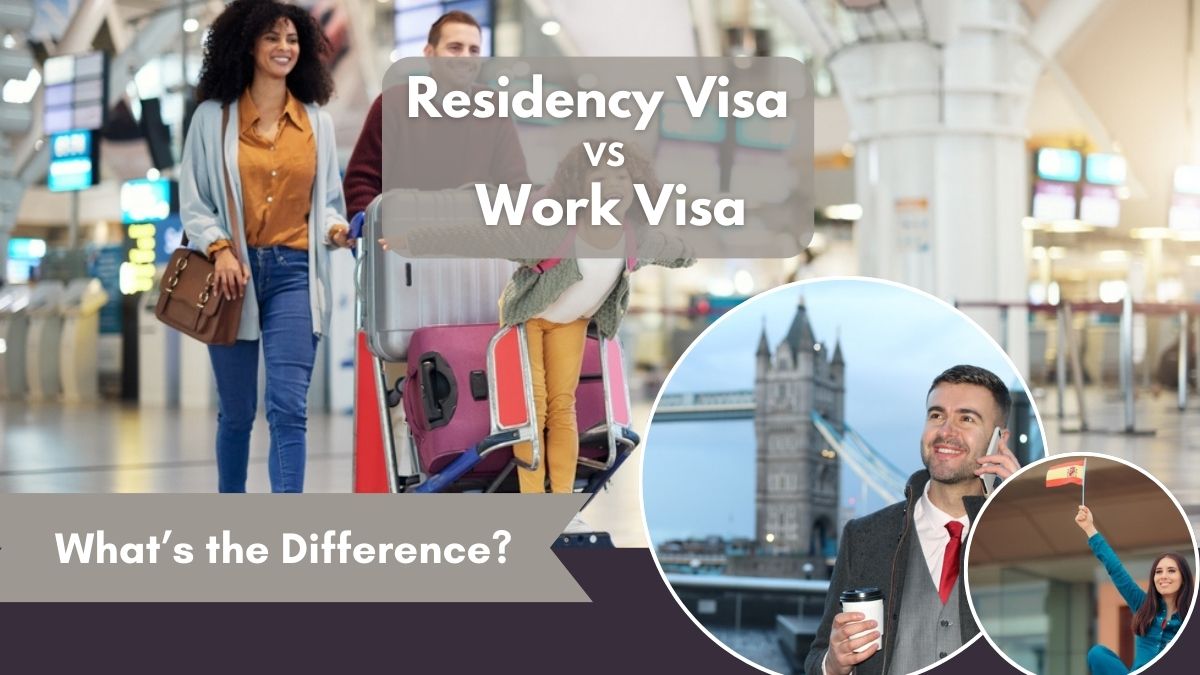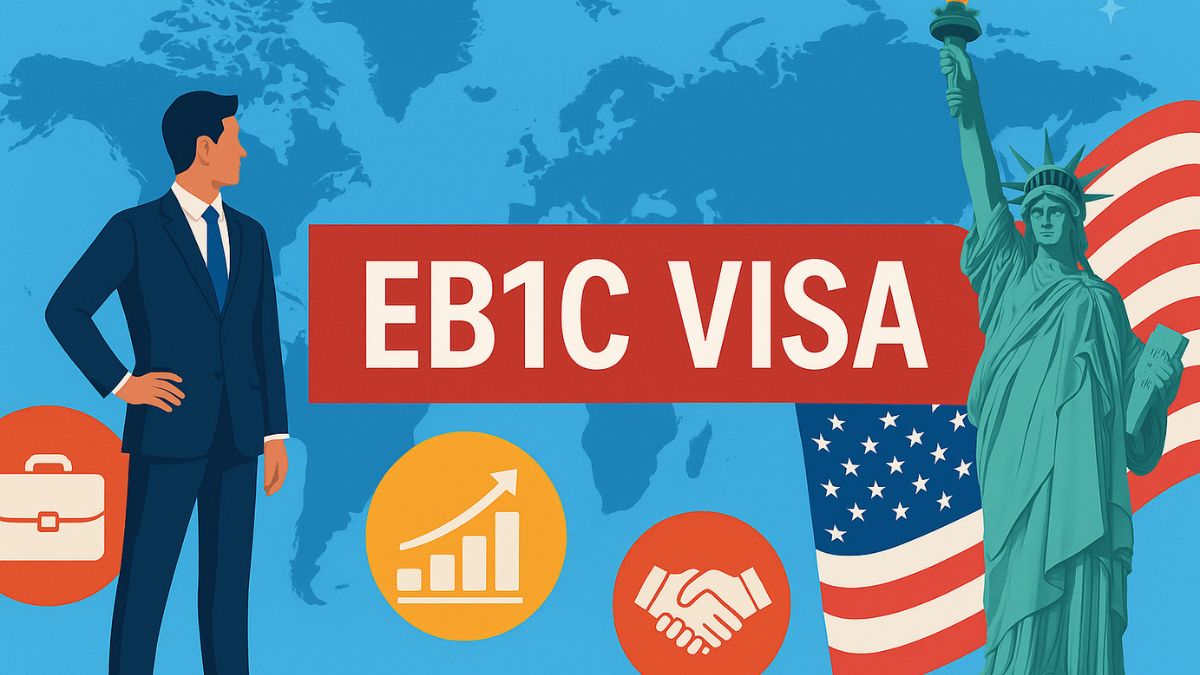
- May 25, 2025
- Heisenberg
- 0
If you’re a manager or executive working abroad and dream of moving permanently to the United States, the EB1C visa might just be your golden ticket. Unlike many other employment-based green cards, the EB1C caters specifically to high-level professionals within multinational companies. Think of it as the U.S. government’s way of rolling out the red carpet for leaders who can make an economic impact.
But before you start packing your bags, you’ll want to understand what this visa actually entails, who qualifies, and how the process works. That’s exactly what we’ll break down in this guide—without the legal jargon overload.
What Is the EB1C Visa?
The EB1C is a first-preference, employment-based immigrant visa category. It’s designed for multinational managers and executives transferring from a foreign office to a U.S. branch of the same company.
What makes this visa stand out? Well, for starters, you don’t need to go through the labor certification process (PERM). That alone can save months—if not years—of waiting.
Who Can Apply for the EB1C?
Let’s cut to the chase—this visa isn’t for just anyone working in a corporate office. You’ll need to check off several specific boxes.
You must:
Have worked outside the U.S. for at least one of the last three years before applying.
Be employed in a managerial or executive role.
Be transferring to the U.S. to work in a similar capacity.
The U.S. company must have a qualifying relationship with the foreign company (parent, subsidiary, branch, or affiliate).
If you’re already working in the U.S. on a non-immigrant visa like the L-1A, your employer can petition for you to switch to EB1C after one year.
What Counts as “Managerial” or “Executive”?
This part is key. A lot of confusion happens around what the government considers “managerial” or “executive.” Here’s how the U.S. Citizenship and Immigration Services (USCIS) defines it:
Managerial Roles:
- You supervise and control the work of other professional employees.
- You have authority over personnel decisions (hiring, firing, etc.).
- You manage essential functions of the organization.
Executive Roles:
- You direct the management of the organization or a major component.
- You set goals and policies.
- You have wide latitude in decision-making.
In other words, if you’re managing a team or shaping the direction of your company—not just executing tasks—you might qualify.
EB1C vs. L-1A Visa: What’s the Difference?
A lot of EB1C applicants start their U.S. journey with the L-1A visa, which is a non-immigrant visa allowing intracompany transfers for managers and executives. The EB1C is essentially the immigrant version—think of it as the next step toward getting your green card.
Key differences:
| Feature | L-1A Visa | EB1C Visa |
| Type | Non-immigrant | Immigrant (Green Card) |
| Labor Certification | Not required | Not required |
| Validity | Up to 7 years (max) | Permanent Residency |
| Eligibility | 1 year with a foreign employer | 1 year in the past 3 years with employer |
The EB1C Application Process
Now, let’s talk logistics. Here’s a breakdown of the process:
Step 1: Employer Files Form I-140
Your U.S. employer must file Form I-140 (Immigrant Petition for Alien Worker) with USCIS. This proves you meet the qualifications.
Step 2: Wait for the Priority Date
Once the I-140 is approved, you check the Visa Bulletin to see when your priority date becomes current. For EB1C, the wait is often shorter than other employment-based green cards—but it depends on your country of origin.
Step 3: File Adjustment of Status (Form I-485) or Consular Processing
If you’re in the U.S., you’ll file Form I-485 to adjust your status. If you’re abroad, you’ll go through consular processing at a U.S. embassy.
EB1C Processing Time: How Long Does It Take?
Average processing time? 8 to 24 months, but that can vary. If you’re lucky and from a country without a visa backlog, it could be even quicker.
However, premium processing is not available for EB1C. This is a key distinction from some other employment-based visas.

EB1C Visa Cost: What Will It Set You Back?
Let’s be honest—immigrating isn’t cheap. The EB1C visa does come with some costs, although it’s more affordable than you might think compared to other employment-based routes.
Here’s a breakdown of the main costs:
| Item | Fee (USD) | Who Pays? |
| Form I-140 filing fee | $700 | Employer |
| Form I-485 (Adjustment of Status) | $1,140 + $85 biometrics (if applicable) | Applicant |
| Consular Processing (if abroad) | $325 (DS-260 fee) + $220 (USCIS Immigrant Fee) | Applicant |
| Medical Examination | $200–$500 (varies by country/clinic) | Applicant |
| Attorney Fees (optional) | $2,000–$8,000+ | Varies (usually paid by employer) |
A few extra things to note:
- Premium processing is not available for EB1C, so you won’t have that optional $2,805 fee like some other visa categories (USCIS Premium Processing).
- Employers typically handle the Form I-140 fee, but applicants should be ready to cover the rest unless the company agrees to sponsor everything.
Pros and Cons of the EB1C Visa
Pros:
- No labor certification (PERM).
- Direct path to green card.
- Family included – Spouse and children under 21 get green cards too.
Cons:
- Strict eligibility – Not all managerial roles qualify.
- No premium processing – You’ll need to be patient.
- Dependence on employer – Your U.S. company must sponsor you.
Common Pitfalls and Mistakes to Avoid
- Job Title vs. Job Duties – Just having “Manager” in your title isn’t enough. USCIS will look at what you actually do.
- Inadequate Documentation – Missing org charts, pay stubs, or company proof can delay or sink your petition.
- Not Showing a Qualifying Relationship – You’ll need rock-solid proof that the U.S. and foreign entities are related.
Work Visa Types: How EB1C Stacks Up
Here’s a quick comparison of all work visa types so you can see how the EB1C fits into the bigger picture:
| Visa | Type | Description |
| EB1C | Immigrant | For multinational managers & executives |
| EB1A | Immigrant | For individuals with extraordinary ability |
| EB1B | Immigrant | For outstanding professors/researchers |
| EB2 | Immigrant | For professionals with advanced degrees |
| EB3 | Immigrant | For skilled workers, professionals, and unskilled workers |
| EB4 | Immigrant | Special immigrants (e.g., religious workers) |
| EB5 | Immigrant | Investor green card |
| L-1A | Non-immigrant | Intracompany transfer for managers/executives |
| L-1B | Non-immigrant | For specialized knowledge employees |
| H-1B | Non-immigrant | For specialty occupations (most popular) |
| O-1 | Non-immigrant | For individuals with extraordinary ability |
| TN | Non-immigrant | For Canadian and Mexican professionals (NAFTA/USMCA) |
| E-2 | Non-immigrant | For investors from treaty countries |
| E-3 | Non-immigrant | For Australian professionals |
| J-1 | Non-immigrant | For exchange visitors (interns, researchers, etc.) |
| H-2A | Non-immigrant | For seasonal agricultural workers |
| H-2B | Non-immigrant | For seasonal non-agricultural workers |
| R-1 | Non-immigrant | For religious workers |
| B-1 | Non-immigrant | For temporary business visitors |
Final Thoughts
The eb1c visa is one of the most efficient and direct paths to permanent residency in the U.S.—if you qualify. It’s not about being just any manager or exec. It’s about being someone essential to the business and to the company’s strategic goals across borders.
While it does take careful planning and documentation, the rewards—green card, career growth, and bringing your family to the U.S.—are well worth it.
If you’re working abroad and aiming high, EB1C could very well be your immigration solution.
Looking for more in-depth visa guides, immigration news, or even travel and food tips? Check out Get Visa Info—we cover it all, from work permits to wanderlust.















